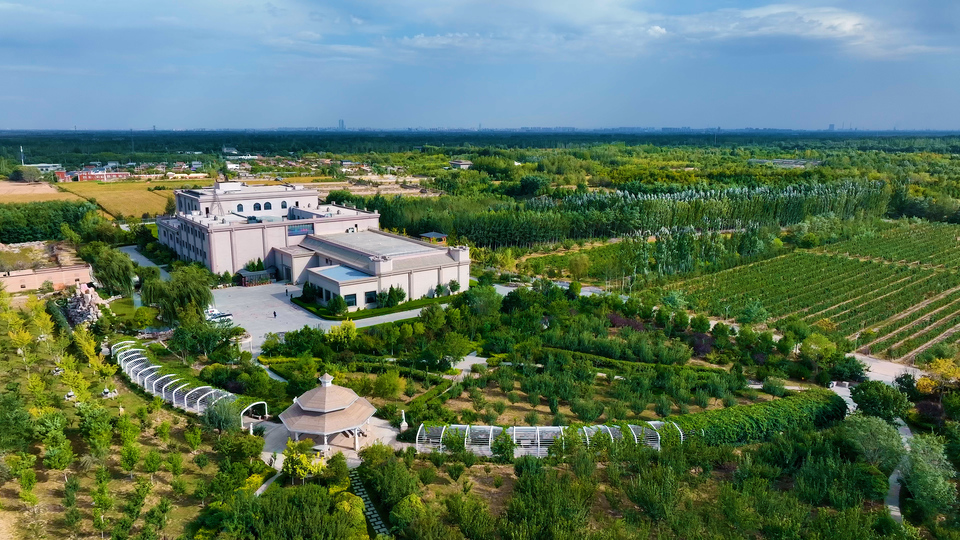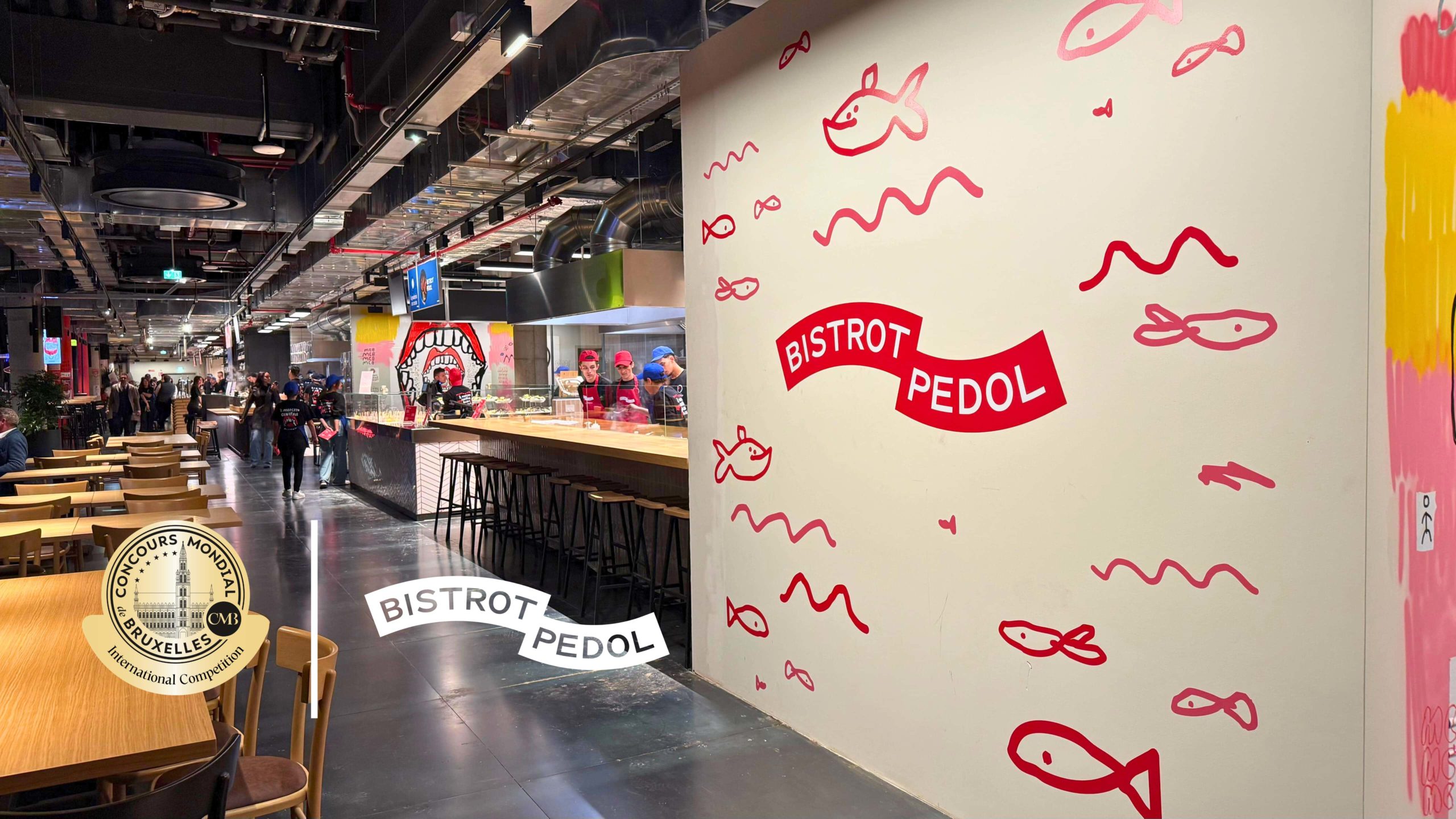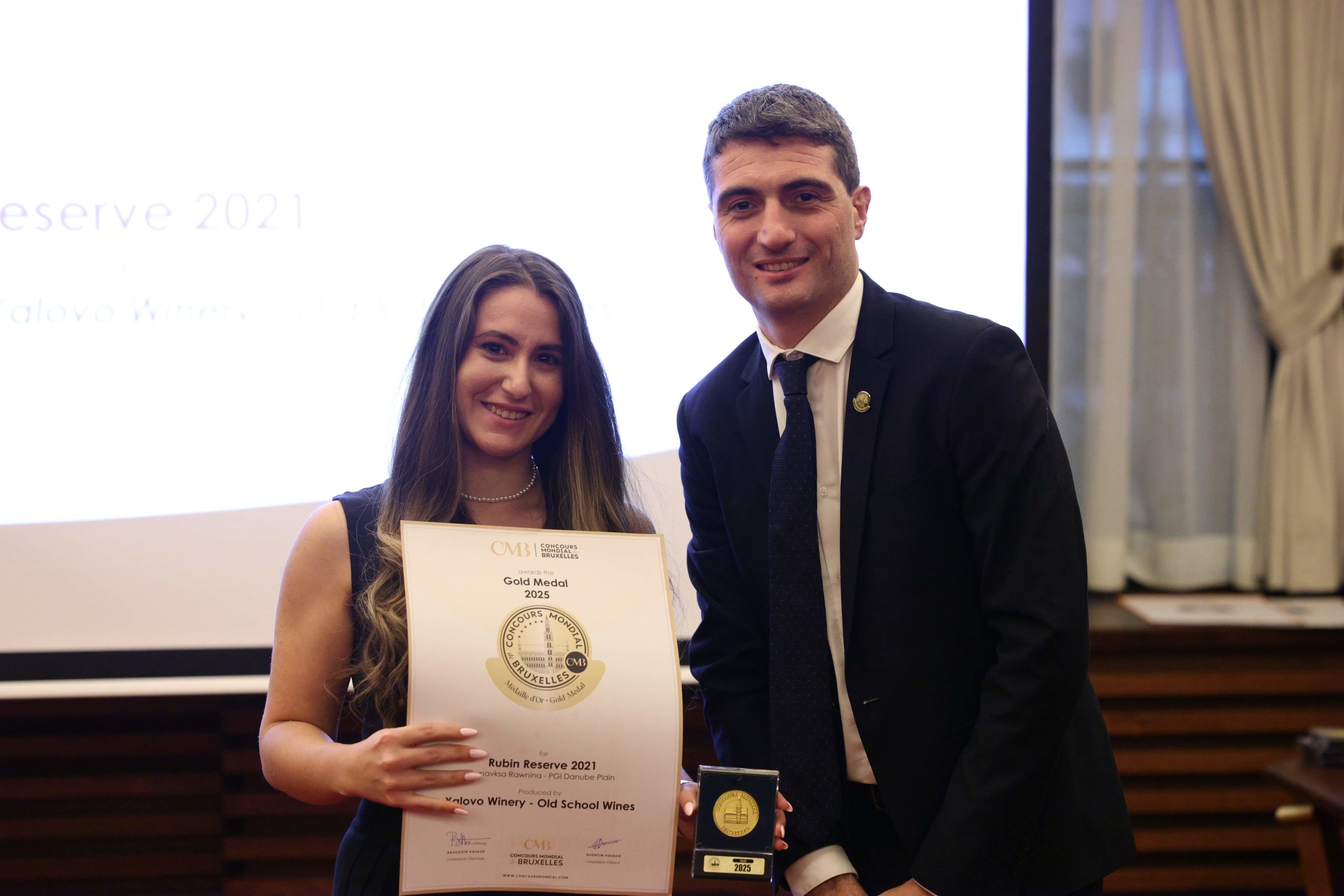The unique characteristics of Ningxia’s terroir

Previously, we informed you that following its revival in 1892, Chinese viticulture saw the rise of Ningxia as a key region, driven by reforms, international recognition, and the creation of a unique classification system. Despite extreme winter conditions, local winemakers are showing great ingenuity in adapting and modernizing their practices.
Ningxia’s viticultural techniques skillfully blend modern innovation with a respect for tradition. Even before a vineyard is established, every decision from grape variety selection to row orientation is based on a precise analysis of the soil and climate. This process is beautifully illustrated in the film “A Walk in the Clouds”, where the vineyards of Napa Valley inspire Ningxia’s winemakers, who have adopted rigorous geometric planting, controlled irrigation, and effective preventive methods against diseases.
Historically, vines were pruned using the traditional “Du Long Gan” method, adapted to high planting density. Over time, this approach proved difficult to maintain. Today, vines are planted at an angle, between 35 and 45 degrees, making it easier to bury them in winter and unearth them in spring. This new “T-shaped” vine training system simplifies vineyard management while adapting to the region’s harsh winters.
Planting density remains relatively low: rows are spaced three meters apart, with about 4,500 vines per hectare. This allows for better mechanization, particularly to protect the vines from winter cold. Irrigation, crucial in this arid region, is almost exclusively based on drip systems, with strict water management primarily sourced from the Yellow River. The soil, poor in nutrients, requires regular fertilization, often integrated directly into the irrigation water. The use of sheep in the vineyards also helps naturally enrich the soil.
Ningxia’s dry, sunny climate limits disease risks, thus reducing the need for pesticides. Some threats persist, such as downy mildew or leafhoppers, but overall, the environment supports organic practices. Mount Helan plays a vital protective role, blocking cold winds and sandstorms, and creating microclimates conducive to slow, steady grape ripening.
The soils, mainly composed of limestone, sand, and silt, offer excellent permeability and allow roots to penetrate deeply. This unique terroir contributes to the wines’ mineral richness and structure. Thanks to generous sunlight between 2,850 and 3,100 hours per year and a significant temperature range between day and night, the grapes develop excellent aromatic concentration and optimal ripeness. This results in wines with silky texture, complex aromas, and often marked by freshness and depth that captivate wine lovers around the world.
To be continued: The strengths of Ningxia’s grape varietals
Baudouin Havaux


